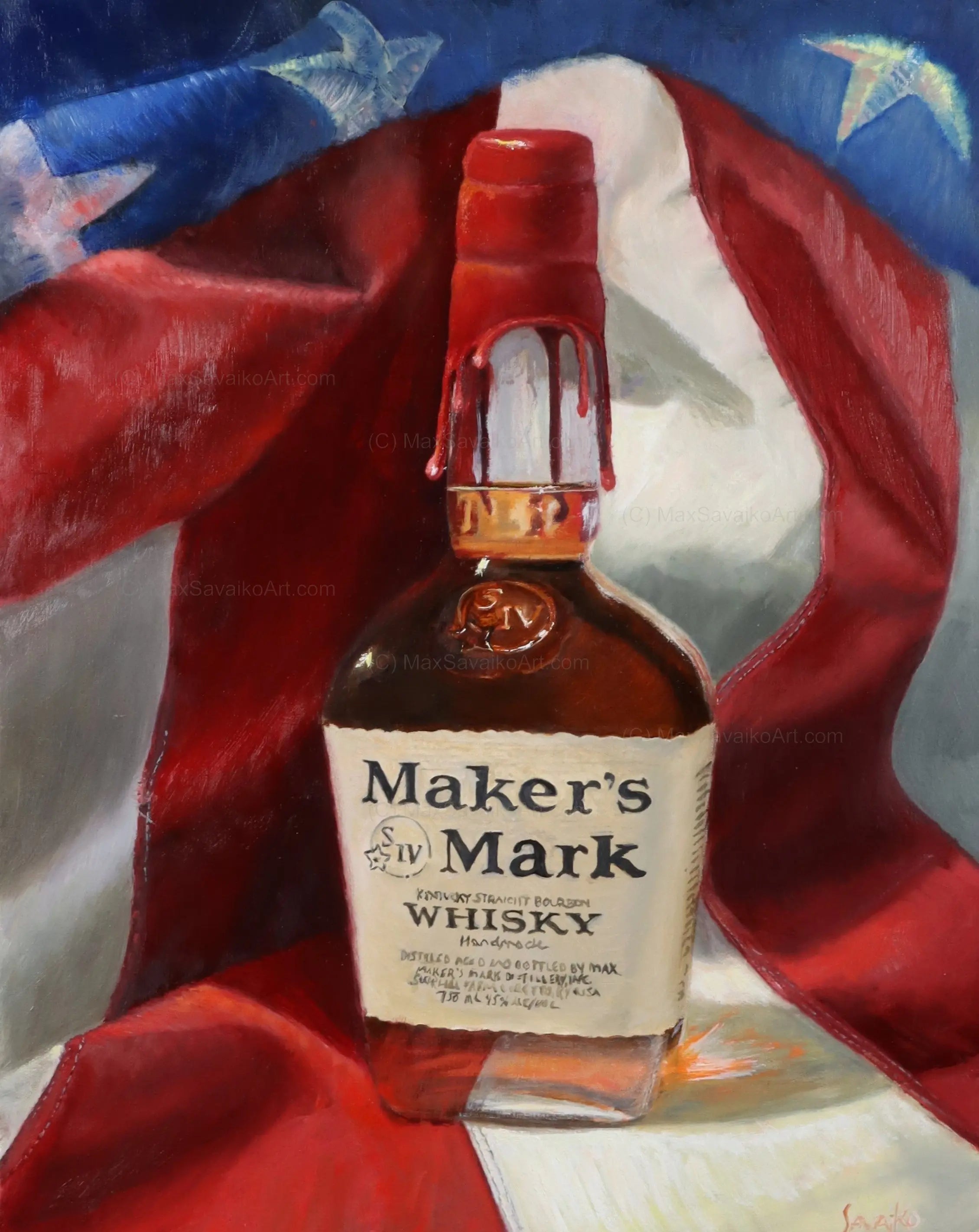Recording the Essence of Whiskey Art Through Special Aesthetic Depictions and Designs
The art of bourbon extends beyond the fluid itself, manifesting with a variety of aesthetic representations that encapsulate its storied heritage and craftsmanship. What stays to be discovered is exactly how these progressing styles mirror not only the whiskey itself but likewise the transforming landscape of imaginative analysis. Whiskey Art.
The Background of Whiskey Art

As whiskey production spread, so too did the need to raise its experience via art. From the elaborate inscriptions on early casks to the elaborate tags of modern-day containers, each aspect shows a distinct creative vision, acting as an aesthetic narrative of the whiskey's heritage.
In the 18th and 19th centuries, the rise of the commercial change better improved whiskey art, causing cutting-edge product packaging and advertising that recorded customer focus. Developers and musicians began try out visual appeals, imbuing whiskey-related images with symbolic meanings that communicated ideas of practice, workmanship, and community.
Today, whiskey art proceeds to progress, blending standard methods with contemporary art kinds. Limited Edition. This ongoing dialogue in between the spirit and its graph emphasizes the long-lasting bond between bourbon and culture, enriching the overall experience for lovers worldwide
Iconic Container Layouts
While many variables add to the attraction of whiskey, renowned container layouts play an essential duty fit customer assumption and boosting the general experience. The aesthetic discussion of whiskey bottles is not simply a visual consideration; it acts as a bridge in between the consumer and the item, stimulating emotions and setting expectations.
Distinctive shapes, materials, and closures can boost a scotch brand name's identity, making it quickly well-known on crowded shelves. The timeless Glenfiddich container, with its stylish tapered silhouette, conveys a sense of tradition and workmanship, while the vibrant, modern-day layout of the Balvenie container reflects advancement and elegance. In addition, using colored glass or special structures can recommend the high quality and character of the bourbon within.
Famous layouts commonly integrate components of social heritage, signifying the brand name's history and connection to its origins. Brand Names like Jack Daniel's utilize an uncomplicated, durable layout that resonates with its American bourbon heritage. Inevitably, the effect of container layout extends beyond simple capability; it envelops the essence of the brand name, welcoming consumers to discover and indulge in the abundant tapestry of scotch society.
Label Art Work and Branding
Container layouts usually establish the phase wherefore consumers can anticipate, yet label art work and branding play an equally substantial function in communicating a whiskey's identification. The label functions as the initial point of call in between the product and the customer, encapsulating the significance of the whiskey within its aesthetic elements.
Reliable tag art work combines typography, color, and imagery to develop a story that resonates with the brand's heritage and target audience. As an example, a tag featuring complex images and vintage typefaces might stimulate a feeling of practice and workmanship, appealing to connoisseurs. On the other hand, strong shades and modern style components may draw in a more youthful demographic looking for technology and exhilaration.


Photography and Visual Storytelling
Catching the significance of scotch with photography and aesthetic storytelling is an art type that raises the brand experience. This medium transcends mere product depiction, diving into the detailed narratives that surround each bottle. By utilizing engaging images, professional photographers can evoke feelings that resonate with consumers, ultimately building a deeper link to the bourbon brand name.
Visual narration in scotch digital photography commonly uses rich structures, illumination, and make-up to highlight the distinct qualities of the spirit. The interaction of light and darkness can emphasize the amber hues of whiskey, while the Your Domain Name choice of history elements-- such as rustic barrels or stylish glass wares-- can reinforce the brand's heritage or way of living associations.
In addition, catching the ritualistic aspects of whiskey consumption, from the putting to the tasting, invites visitors into a sensory experience, permitting them to visualize the flavors and aromas that await. Each photo not just showcases the product but likewise informs a tale of craftsmanship, practice, and the moments that bourbon can boost - Limited Edition. Thus, digital photography comes to be an effective tool in articulating the identity of scotch brand names, positioning them within the wider social landscape
Emerging Trends in Bourbon Art
The evolution of bourbon art is increasingly shaped by modern fads that mirror more comprehensive societal changes and customer choices. This change not just highlights the importance of sustainability but likewise boosts the story surrounding bourbon manufacturing.
Additionally, digital art has risen in popularity, enabling innovative representations of scotch. Artists are leveraging modern technology to craft immersive experiences, such as increased reality setups that engage visitors and supply a much deeper understanding of whiskey's social significance. This fad likewise encompasses social media systems, where aesthetically striking material gathers attention and fosters area among fanatics.
Furthermore, collaborations between whiskey brands and musicians are becoming more prevalent. These partnerships generate limited-edition product packaging linked here designs and unique art work that commemorate both the craftsmanship of whiskey and the imagination of artists. As bourbon art remains to progress, these emerging patterns will most certainly shape its future, fostering a vibrant junction of culture, sustainability, and innovation within the whiskey area.
Conclusion
To conclude, the art of whiskey encompasses a varied array of aesthetic representations that show its abundant heritage and craftsmanship. From iconic bottle designs and elaborate tag art work to compelling digital photography, each component contributes to a more comprehensive narrative that boosts the consumer's you could try these out experience. As emerging trends, such as digital art and sustainability, continue to form this imaginative landscape, the diverse identification of whiskey stays an enduring source of cultural link and exploration.

In final thought, the art of bourbon encompasses a diverse variety of visual representations that show its rich heritage and craftsmanship.
 Jenna Jameson Then & Now!
Jenna Jameson Then & Now! Katie Holmes Then & Now!
Katie Holmes Then & Now! Mason Reese Then & Now!
Mason Reese Then & Now! Tyra Banks Then & Now!
Tyra Banks Then & Now! Nicholle Tom Then & Now!
Nicholle Tom Then & Now!